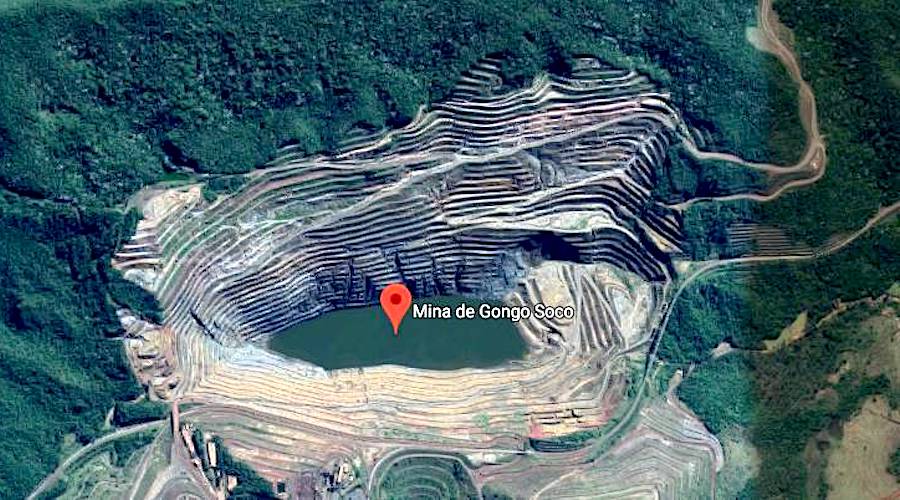Brazil’s mining giant VALE (NYSE: VALE) said Tuesday the risk of a new dam break as a consequence of an unstable embankment at its nearby Gongo Soco open pit, in the southeastern state of Minas Gerais, had decreased.
The miner and emergency services had warned that a section of the now defunct mine had an estimated 10% to 15% chance of disintegrating. If that happened, Vale had said, it would rupture the Sul Superior dam, located only 1.5 kilometers (nearly one mile) away, risking the nearby town of Barão de Cocais.
Vale’s Operations Director, Marcelo Barros, said all preventive measures for any possible scenario have been taken. “All the residents of [the potentially affected area] were relocated, we removed more than 3,000 animals and transferred pieces of sacred art to places outside the Self-Rescue Zones (ZAS),” he noted.
Even if the pit slide doesn’t rupture the Sul Superior dam, the emergency level remains at 3, which is the highest classification.
Even if the pit slide doesn’t rupture the Sul Superior dam, the emergency level remains at 3, which is the highest classification.
Almost 700 people living around the dam were evacuated in early February after monitoring systems detected abnormal movement in the northern slope of the pit.
The latest alert comes four months after 242 people were killed when a dam burst at Vale’s Córrego do Feijão mine, also in the state of Minas Gerais.
Brazil has since banned the construction of new upstream dams, which are cheaper but less stable than other types of tailings dams, and ordered the decommissioning of existing ones.
In March, the company was hit by a local court injunction that forced it to freeze operations at 13 of its tailings dams in the South American country. Under pressure from federal and state prosecutors, for failing to do enough to prevent the disaster, Vale named company veteran Eduardo Bartolomeo as chief executive to replace Fabio Schvartsman, who quit after the incident.
Brazilian prosecutors began probing in March more than 100 high-risk dams across the country early. They say they doubt the legitimacy of the safety audits carried out at the nation’s mines, especially considering that Córrego do Feijão was certified as stable by German consulting group Tüv Süd only days before the deadly accident.
Gongo Soco is one of 87 mining dams in Brazil built like the one that failed in January. All but four have been rated by the government as equally vulnerable or worse.
Click here for complete coverage of the dam burst at Vale’s Córrego do Feijão mine.

In February, Vale evacuated about 700 people as a “preventive measure” from a tailings dam area of the Gongo Soco mine, near the city of Barão de Cocais. (Image: Google Earth.)
The post Vale downplays risk of dam break at Gongo Soco mine appeared first on MINING.com.
